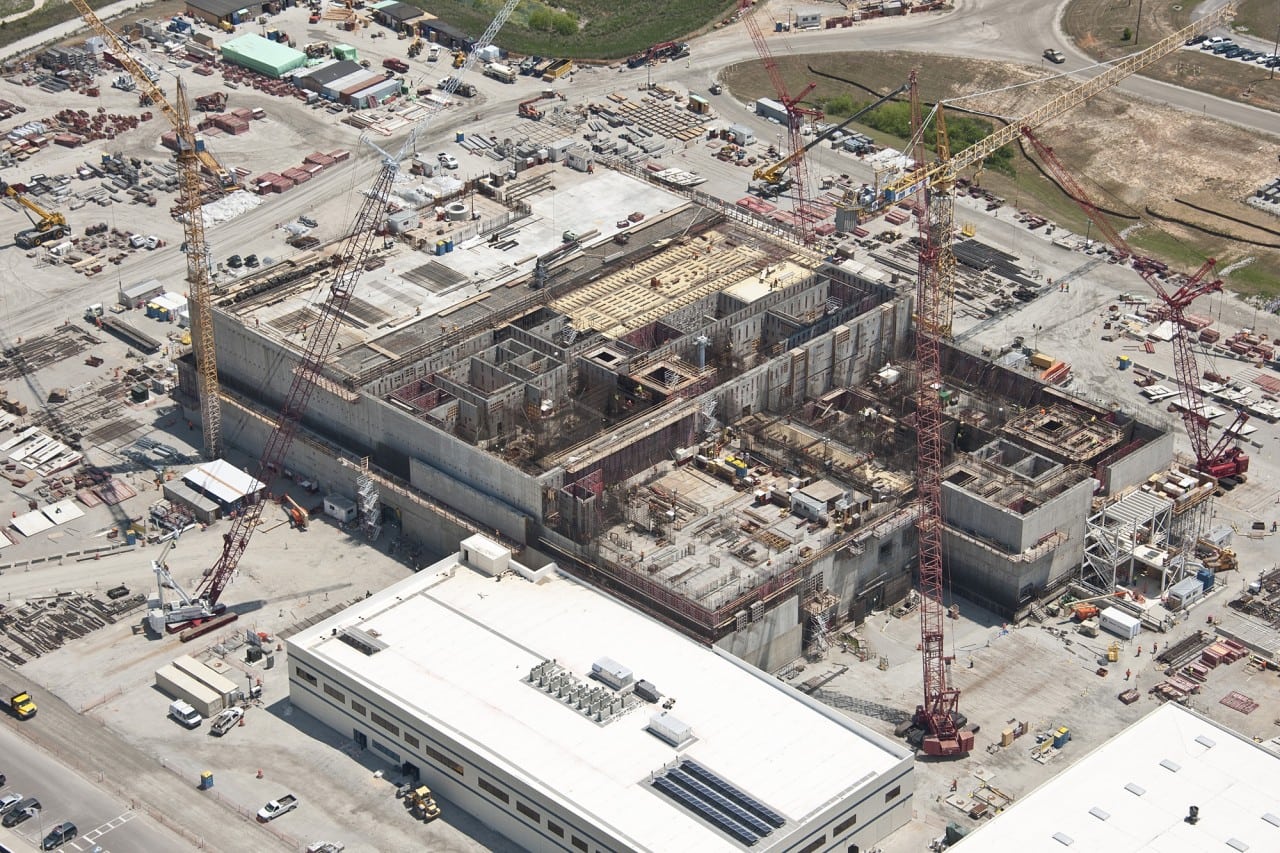
The $37.4 billion House Energy and Water Development Appropriations Bill for fiscal 2017 prohibits the use of funds allocated for the Mixed-Oxide (MOX) Fuel Fabrication Facility to place the plant in “cold standby,” a clear departure from the Obama administration’s…